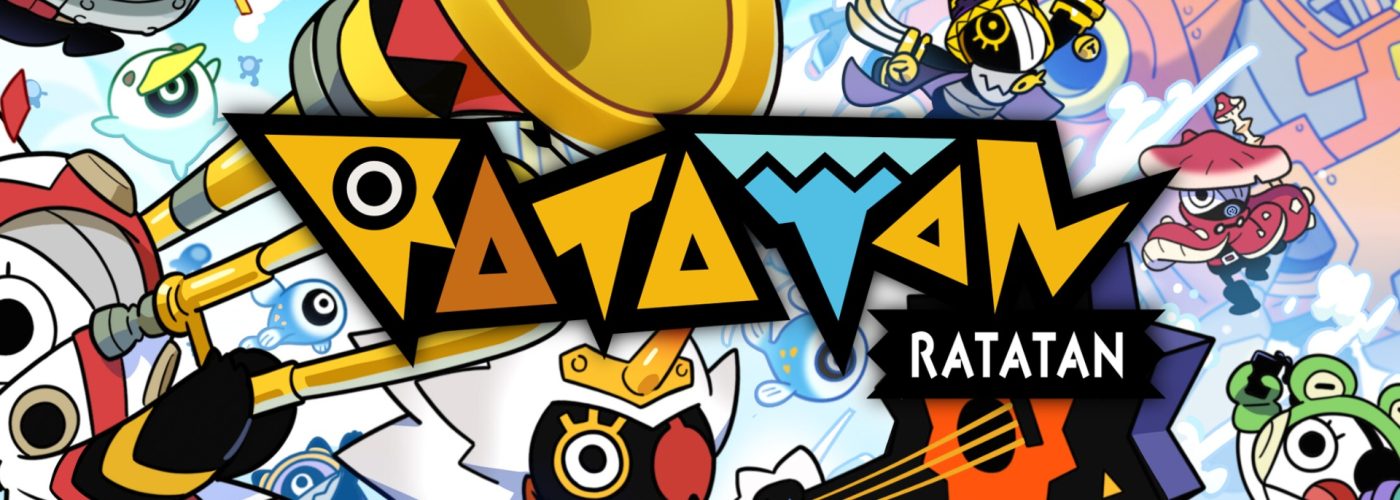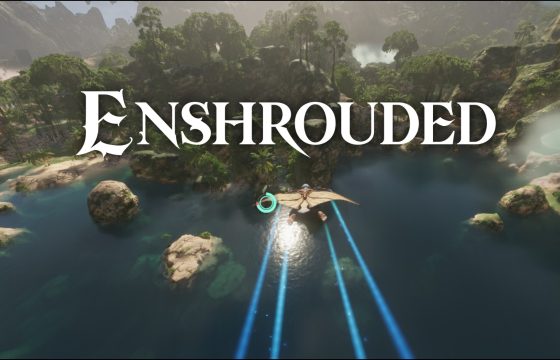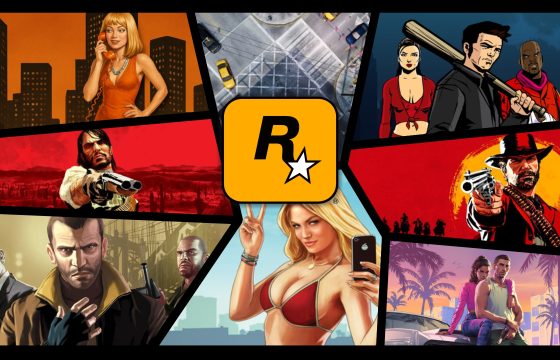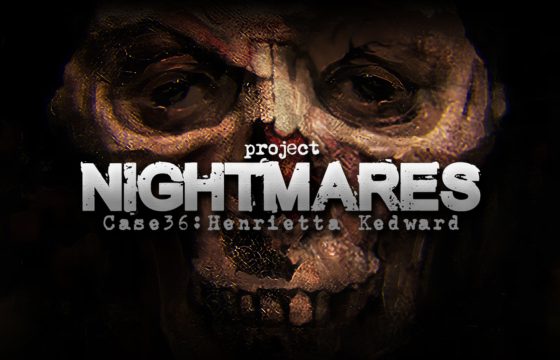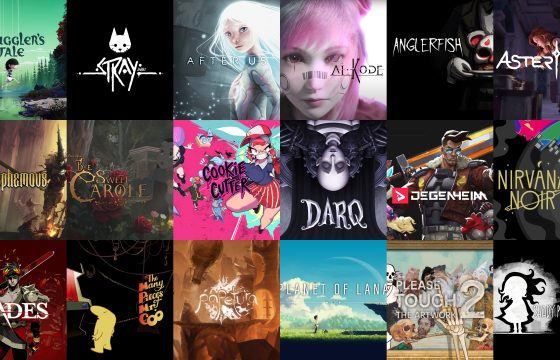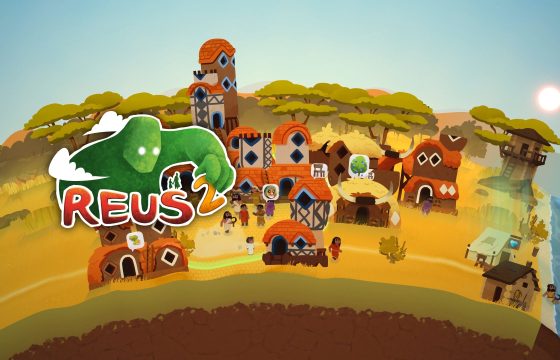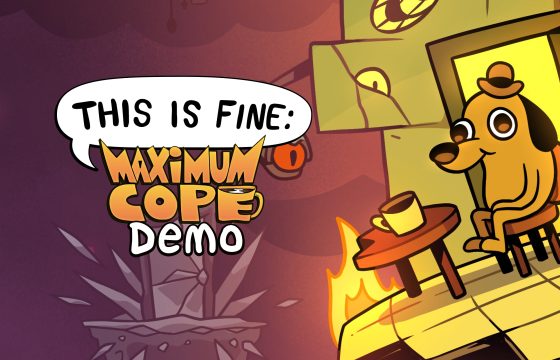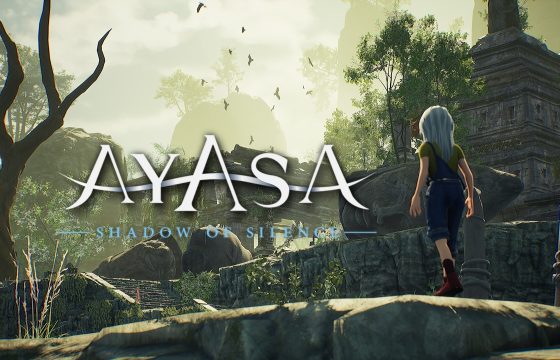Ratatan, born from the developers of Patapon, is a 2D rhythm action game with roguelite elements, engaging and colorful.
A title like Ratatan could only have been created by Ratata Arts, already developers of Patapon, released in Japan in 2007 and in Europe the following year on Playstation PSP.
As the god of the Patapon, we must lead the small creatures onto the battlefield with war drums. Our aim is to help the little creatures reconquer their lands and discover a mysterious secret (no spoilers).
Ratatan seems to be a spiritual heir to Patapon, collecting many dynamics and mechanics of the latter title.
The demo obviously does not show the complete game, but only the first world, 4 playable characters and the possibility of online co-op.
Ratatan and Cobun
In the vast and peaceful sea lies the island of Rataport. Here the Ratatan, mysterious and fascinating creatures. Although they differ in appearance and personality, they share a single dream: to travel to Everafter and meet the legendary Goddess.
The Ratatan, driven by this desire, embark on their adventure. Regardless of their failures, they will continue until they manage to meet the Goddess and face her in battle.
Ratatan are groove-loving adventurers. They use songs and magical instruments called Melodium to command their Cobun armies.
In gameplay terms this means that the Ratatan all have passive abilities that affect their units and play style. In fact, the Cobun, depending on the protagonist chosen, has an appearance and a set of weapons to choose from.
For example, melee weapons such as swords and shields, which also allow for good defense.
They range from spears which are divided into two categories: one for melee and one for medium distance.
For the distance only category we have bows.
Cobun can be deployed by the player before battle. So be careful about assigning weapons and above all to whom.



Roguelite element
In Ratatan the roguelite element is justified with the tenacity and reticence of the protagonists to give up.
The battles, as in Patapon, are horizontal scrolling. Before a fight we can choose what type of reward to get. Once chosen, a portal opens that takes us forward to the battle. By emerging victorious, we will get our reward.
When defeated, we will return to what is a Central Hub, where we can exchange dropped items for permanent upgrades. In addition, we can upgrade the Cobun‘s weapons and obtain rare materials by completing challenges. The latter can be exchanged for rare equipment.
During the battle, weapons of various levels and abilities can also be dropped to be assigned to the Cobun. These also have the improvement mechanic by leveling them using old weapons and money.
Rhythm and Fever
Rhythm and commands are essential in Ratatan. We can move the protagonist freely and give orders through him.
Commands must be executed according to the rhythm, so as to be efficient in battle.
It will be up to us to understand which is the best command to give depending on the context. We can tell the Cobun to regroup, attack, defend or jump. There are two special attacks: strong but which consume part of the Ratatan‘s energy bar.
Fever is a true homage to the classics of the genre. Giving orders consecutively without missing the beat sends the whole party into Fever. The Cobun will go into a frenzy and become much stronger. At the same time the music in the background becomes more intense as it grows dynamically.



Music and aesthetics
Ratatan is a tribute to the old Patapon saga and this demo is confirmation of it. Even though what we try in the demo seems like just a small taste, you can’t help but be captivated by the aesthetics and rhythm of the soundtracks. Many mechanics appear identical to its spiritual predecessor. I hope that the various Ratatan that we will be able to choose in the full version will provide more variety. I also hope that the choice of Cobun with their respective weapons and various upgrades can have a positive impact.
Even now, despite the little material available, you can feel the sense of progression and improvement from one run to the next.
You can try the free demo on STEAM.

